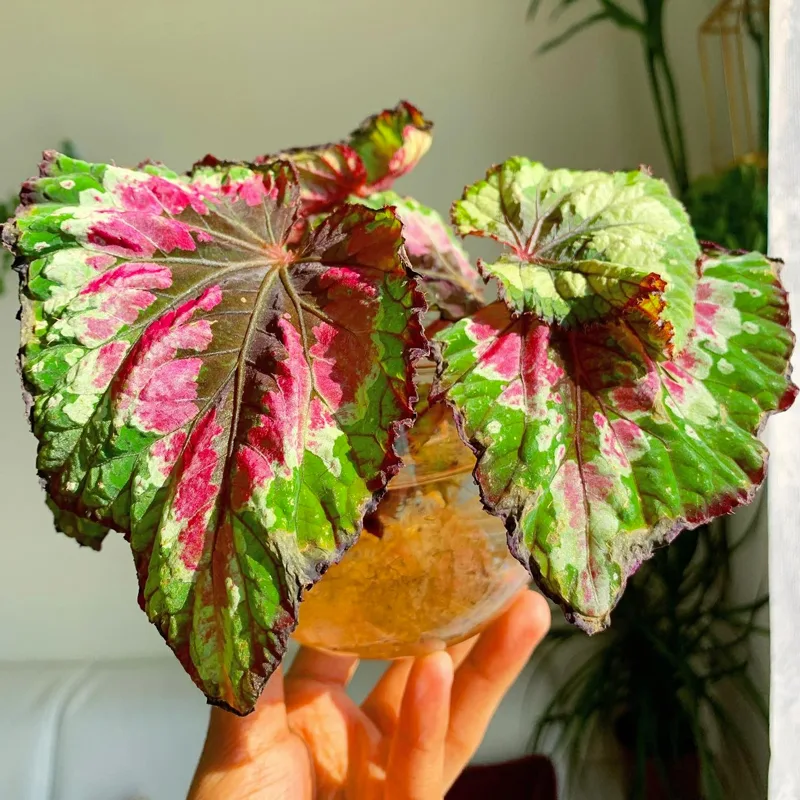Exploring the Diverse World of Pothos
Hi, I’m Ferb Vu, and I’m fascinated by the Pothos genus belong to the Araceae family. These often overlooked plants offer a incredible diversity in leaf shape, size, and texture. While they might not be as readily available as their popular Pothos – Epipremnum name relatives, their unique beauty and intriguing characteristics make them worth seeking out for any plant enthusiast.
More Than Just a “Pothos”
When most people hear “pothos,” they think of the common houseplant with heart-shaped leaves, often variegated with white or yellow. But that’s just one small part of the story. The actual Pothos genus comprises over 60 species native to Asia and Oceania. These plants are typically climbers, using their aerial roots to ascend trees and rocks in their natural habitat.
A Diverse Genus
The sheer variety within the Pothos genus is astounding. Here’s a glimpse of some of the fascinating species it includes:
- Pothos scandens: This is the type species for the genus, and it’s quite different from the “pothos” we typically see. It has small, oval leaves and a more delicate growth habit.
- Pothos armatus: This species has larger, more elongated leaves with prominent veins.
- Pothos longipes: Known for its long, slender leaves and its ability to climb high into the canopy.
- Pothos insignis: This one stands out with its large, glossy leaves that can develop interesting fenestrations (splits) as they mature.
- Pothos atropurpurascens M.Hotta
- Pothos barberianus Schott
- Pothos beccarianus Engl.
- Pothos boyceanus G.Rajkumar, Shaju, Nazarudeen & Prakashk.
- Pothos brassii B.L.Burtt
- Pothos brevistylus Engl.
- Pothos brevivaginatus Alderw.
- Pothos chinensis (Raf.) Merr.
- Pothos clavatus Engl.
- Pothos crassipedunculatus Sivad. & N.Mohanan
- Pothos curtisii Hook.f.
- Pothos cuspidatus Alderw.
- Pothos cylindricus C.Presl
- Pothos degenerans S.Y.Wong, P.C.Boyce & A.Hay
- Pothos dolichophyllus Merr.
- Pothos dzui P.C.Boyce
- Pothos ecclesiae P.C.Boyce, S.Y.Wong & A.Hay
- Pothos englerianus Alderw.
- Pothos falcifolius Engl. & K.Krause
- Pothos fractiflexus Joling, J.T.Pereira & Damit
- Pothos gigantipes Buchet ex P.C.Boyce
- Pothos gracillimus Engl. & K.Krause
- Pothos grandis Buchet ex P.C.Boyce & V.D.Nguyen
- Pothos hellwigii Engl.
- Pothos hookeri Schott
- Pothos inaequilaterus (C.Presl) Engl.
- Pothos junghuhnii de Vriese
- Pothos keralensis A.G.Pandurangan & V.J.Nair
- Pothos kerrii Buchet ex P.C.Boyce
- Pothos kingii Hook.f.
- Pothos lancifolius Hook.f.
- Pothos laurifolius P.C.Boyce & A.Hay
- Pothos leptostachyus Schott
- Pothos longivaginatus Alderw.
- Pothos luzonensis (C.Presl) Schott
- Pothos macrocephalus Scort. ex Hook.f.
- Pothos mirabilis Merr.
- Pothos motleyanus Schott
- Pothos oliganthus P.C.Boyce & A.Hay
- Pothos ovatifolius Engl.
- Pothos oxyphyllus Miq.
- Pothos paiei (M.Hotta) S.Y.Wong, A.Hay & P.C.Boyce
- Pothos papuanus Becc. ex Engl.
- Pothos parvispadix Nicolson
- Pothos philippinensis Engl.
- Pothos pilulifer Buchet ex P.C.Boyce
- Pothos polystachyus Engl. & K.Krause
- Pothos pugnax P.C.Boyce & S.Y.Wong
- Pothos remotiflorus Hook.
- Pothos repens (Lour.) Druce
- Pothos roxburghii de Vriese
- Pothos salicifolius Ridl. ex Burkill & Holttum
- Pothos tener Wall.
- Pothos thomsonianus Schott
- Pothos tirunelveliensis Sasikala & Reema Kumari
- Pothos touranensis Gagnep.
- Pothos venustus (Wall. ex C.DC.) A.Hay & P.C.Boyce
- Pothos versteegii Engl.
- Pothos vietnamensis V.D.Nguyen & P.C.Boyce
- Pothos volans P.C.Boyce & A.Hay
- Pothos zippelii Schott
Why I’m Drawn to Pothos
For me, the appeal of Pothos lies in their understated elegance and botanical intrigue. They’re not flashy or demanding, but they possess a quiet beauty and a fascinating diversity that rewards closer inspection. I find myself drawn to their subtle variations in leaf shape, texture, and venation. Each species has its own distinct personality, making them captivating additions to any plant collection.
Challenges and Rewards
It’s worth noting that true Pothos species can be more challenging to find and cultivate than their Epipremnum counterparts. They may require higher humidity and more specific care to thrive. But for those willing to put in the effort, the rewards are great. These unique plants offer a chance to connect with a lesser-known corner of the botanical world and appreciate the subtle beauty of a diverse and fascinating genus.
I’m still learning about this incredible group of plants, and I’m excited to continue exploring their diversity and uncovering their hidden gems. If you’re looking to expand your plant horizons and appreciate the beauty of the often overlooked, I encourage you to delve into the world of Pothos.
If i die, water my plants!



